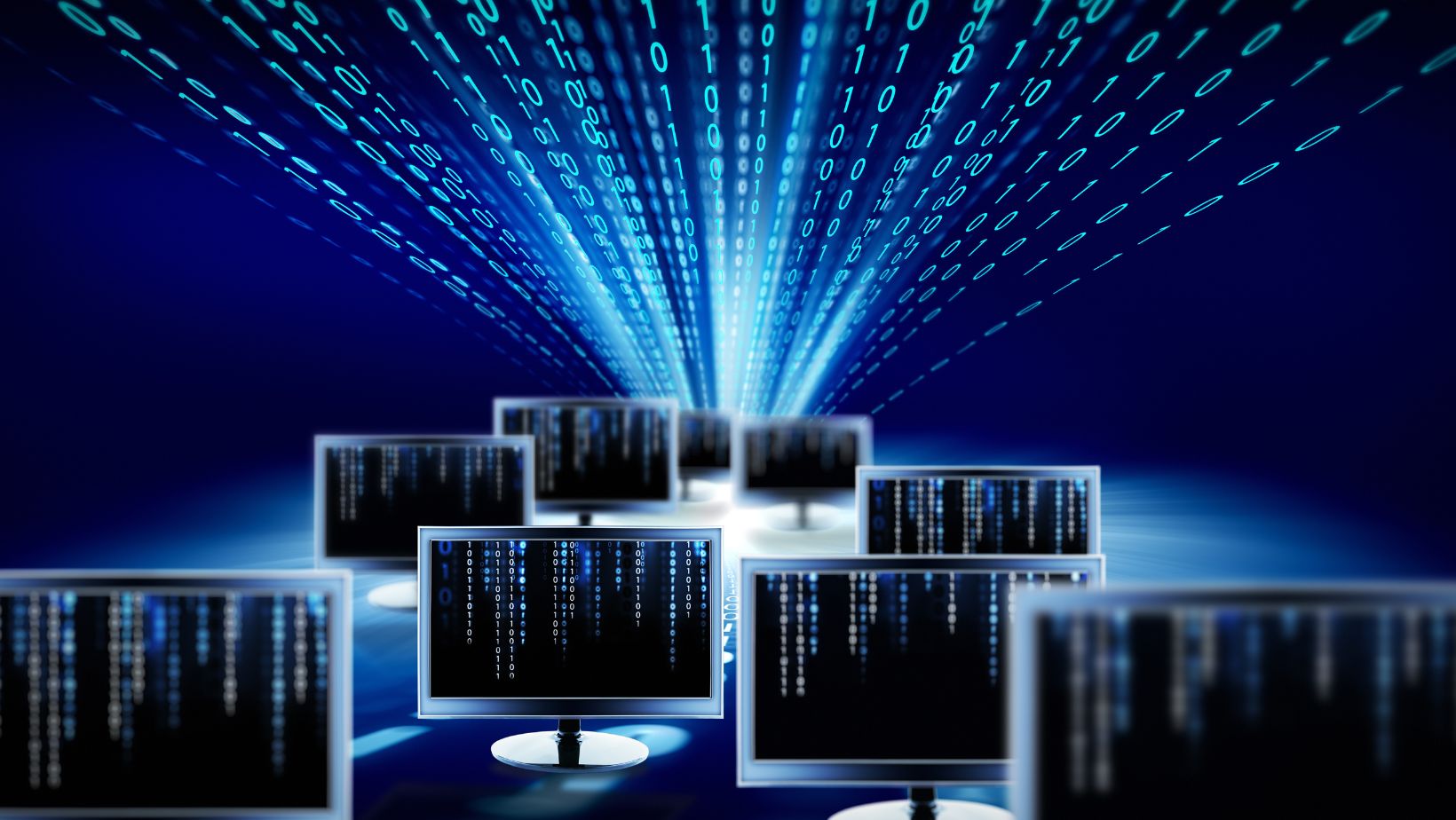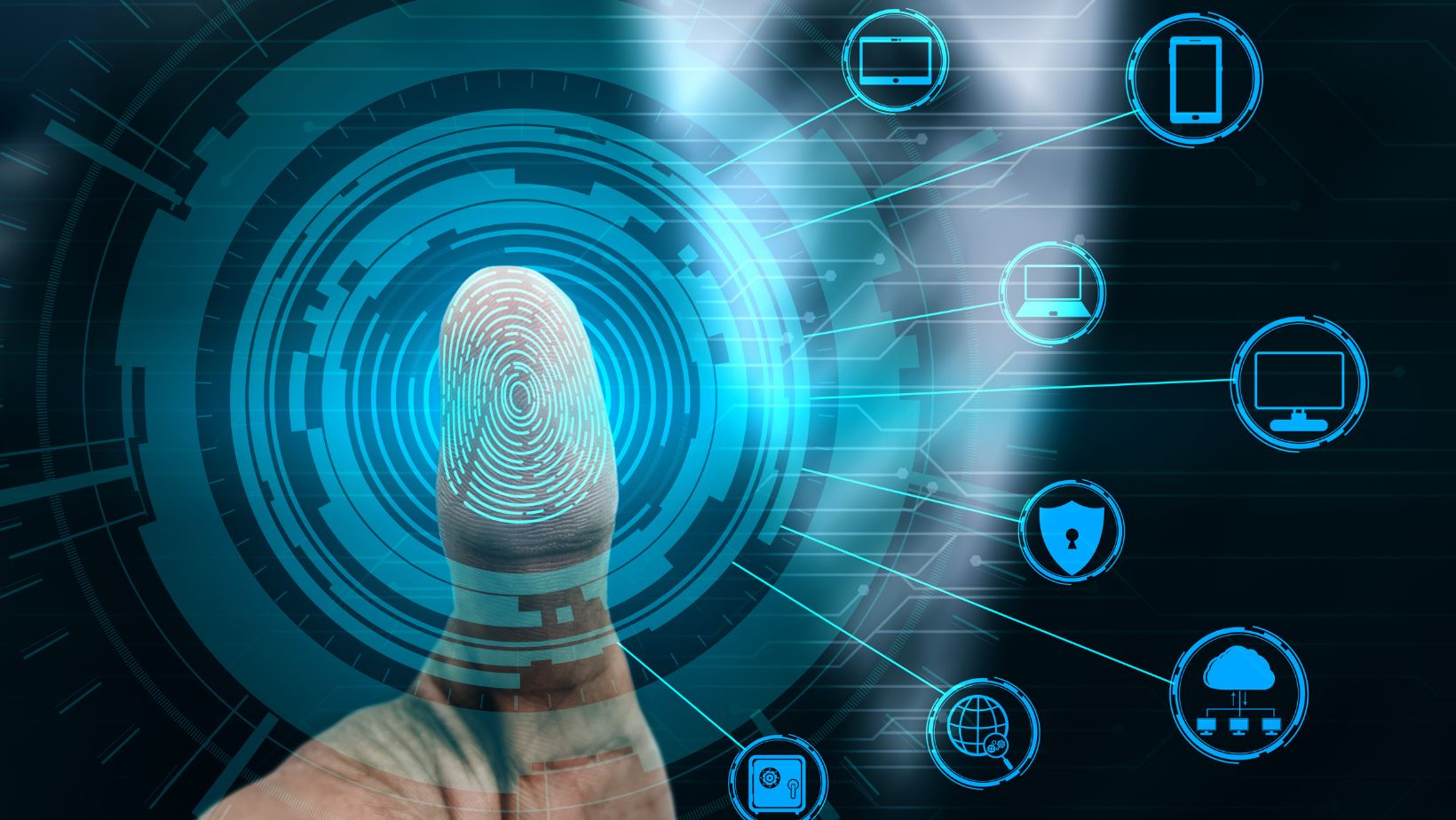
Many of today’s most advanced tools and systems only work because they’re perfectly synchronized behind the scenes. Whether it’s satellites communicating in orbit, data traveling across networks, or vehicles making split-second decisions, perfect timing technology is what keeps it all running smoothly.
It’s often invisible, quietly working in the background, but without it, most of the technology we rely on every day simply wouldn’t exist. Here are seven technologies that would not exist without perfect timing.
1. GPS Systems
Have you ever wondered how GPS knows exactly where you are? It’s not just magic. It’s timing. GPS satellites send signals with super-precise timestamps. These signals travel to your device, which calculates how long each one took to arrive. That’s how it figures out your location.
These timestamps come from atomic clocks onboard the satellites. They measure time down to the nanosecond. Even the tiniest delay, just a millionth of a second, can throw off your position by hundreds of meters.
Without this level of precision, GPS wouldn’t work. Whether you’re finding your way on a road trip or tracking a delivery, perfect timing keeps you on course.
2. Self-Driving Cars
Self-driving cars are all about fast decisions. They need to “talk” to each other and to traffic systems around them. This is called V2V (vehicle-to-vehicle) and V2I (vehicle-to-infrastructure) communication.

For these cars to avoid accidents, their sensors and software must stay in perfect sync. Even a small delay can cause a misjudgment. That’s why timing is everything.
Accurate timing helps these vehicles process real-time data and make instant decisions. They can change lanes, stop at lights, or react to hazards faster than any human could. None of it would be possible without timing that’s spot-on.
3. High-Frequency Trading Platforms
In the world of finance, speed means profit. That’s why high-frequency trading (HFT) platforms use super-fast computers and networks to buy and sell in milliseconds, or even microseconds.
But speed isn’t enough. These systems also need precise timing. Without it, trades could be mistimed, leading to big losses.
These platforms are a great example of technologies that rely on timing. Everything must happen in the right order, at the right moment. If one server is even slightly out of sync, millions of dollars could be at risk. For trading firms, staying perfectly timed means staying competitive.
4. Smart Grids
Modern energy systems are getting smarter. Smart grids use sensors, software, and real-time data to manage how electricity is delivered. But to do this well, everything has to be timed just right.
Timing helps the grid know where power is needed, when to send it, and how much to deliver. It also helps detect problems like outages or overloads before they become serious.
As more homes and businesses use solar panels or electric vehicles, managing energy becomes even more complex. With perfect timing, smart grids keep the power flowing safely and efficiently.
5. 5G Networks
5G is more than just a faster internet. It’s designed to connect everything from phones and cars to factories and hospitals. But all this connectivity depends on one thing: timing.

To keep everything working smoothly, 5G towers and devices must stay perfectly in sync. Time synchronization keeps signals from clashing, reduces delays, and makes sure data arrives exactly when it should.
Time is key to 5G’s low latency and high reliability. It’s one more reason why the importance of timing in technology keeps growing.
6. Space Exploration
Getting to space, and staying there, is all about timing. Space missions depend on precise calculations for launch, orbit, and communication. If timing is off, a rocket might miss its target or a satellite might fall out of sync.
Satellites that study Earth or explore deep space depend on perfectly synchronized signals. Without them, data can be delayed or lost entirely. Some of the most critical spacecraft functions require timing accuracy down to a billionth of a second to work properly.
From planning a Mars landing to syncing satellite networks, space agencies count on perfect timing technology to make sure every mission stays on track.
7. Earthquake Detection and Seismic Monitoring
When the ground shakes, every second counts. Earthquake warning systems use networks of sensors to detect tremors early. These systems need extremely accurate timing to figure out where the quake started and how fast it’s spreading.
Modern Seismic Sensors are capable of detecting Earth’s movements in real-time, thanks to precise timing systems like MEMS accelerometers. These tools allow alerts to be sent out seconds before strong shaking reaches cities, giving people just enough time to take cover.
The sooner we know an earthquake is coming, the more lives we can save. Timing makes that possible.
Timing may be invisible, but it touches nearly every part of modern life. From space missions to safety alerts, perfect timing technology keeps our world running smoothly. As tech keeps evolving, one thing stays the same: the importance of timing in technology will only grow.















